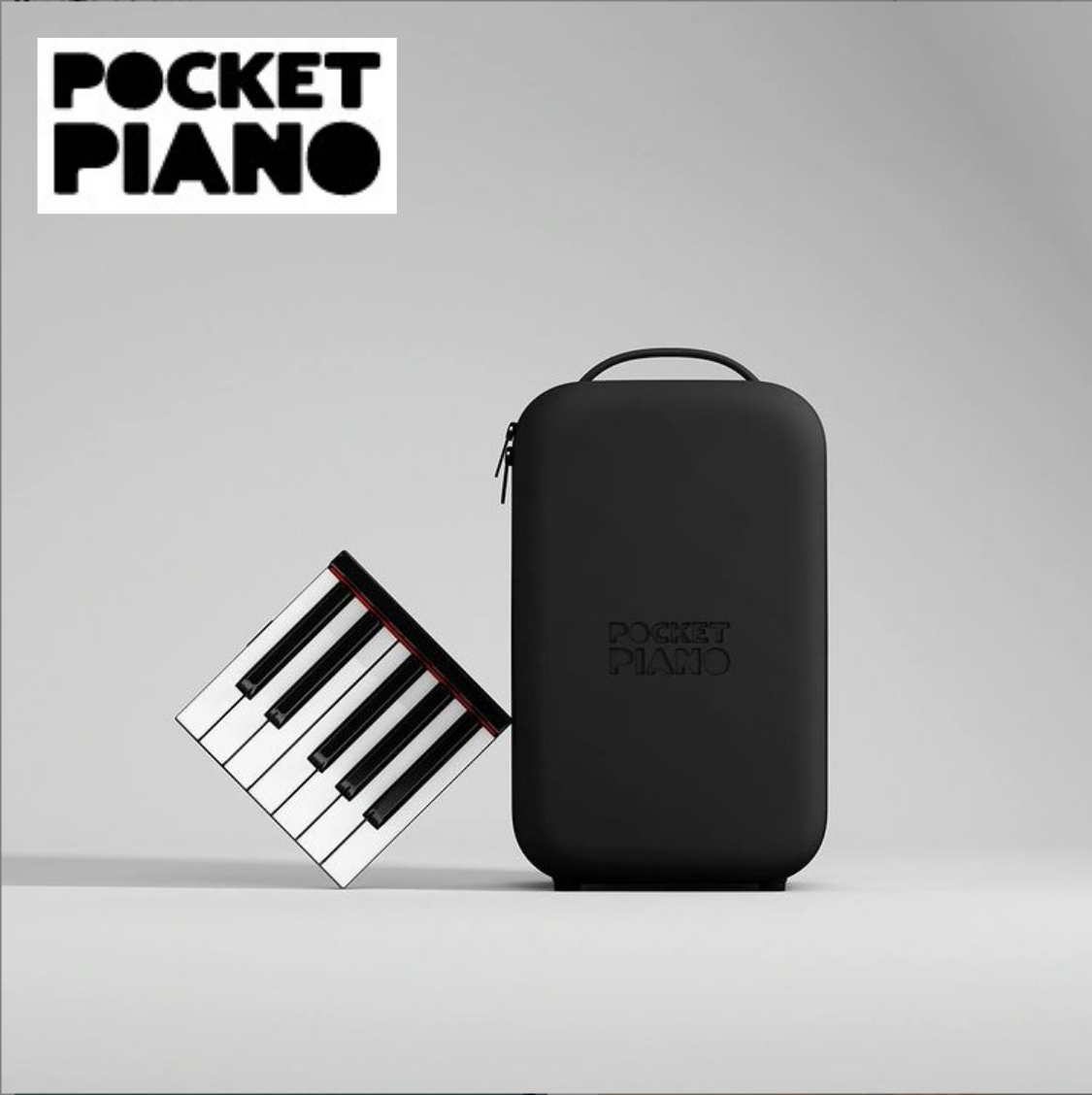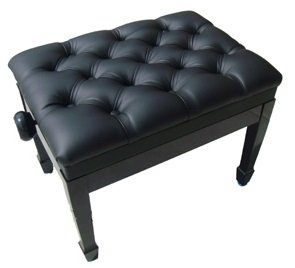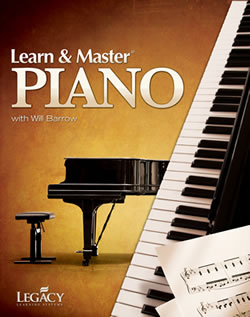George Steck & Co. Pianos
George Steck pianos are known as a piano manufacturer synonymous to strict high-grade makes. But the discipline observed by this renowned piano manufacturer would have started out as nothing without the dedication and pursuit of excellence of its founder, equally renowned piano maker and namesake.

George Steck, a master craftsman and scientific acoustician, of Cassel, Germany, started piano manufacturing in 1857, at the location of 12th Street and 3rd Avenue in New York City.
In the long run, he won many honors that distinguished him as a highly revered piano maker of his time. The most remarkable of these honors was the First Prize at the Vienna Exposition in 1873, giving distinction for Steck’s tone, design, and careful detail of construction.
George Steck passed away in 1897, and the company incorporated at that time. A few short years later in 1904, the company became part of the Aeolian Company, and in 1932, the Aeolian American Company.
The assets of George Steck became a part of the Mason & Hamlin Corporation, before George Steck pianos ceased production in 1994.
Although George Steck may have long been deceased, his company lingered on throughout the 20th century. In 2001, ASC, a division of the Korean conglomerate Sejung, purchased the company, and went global, with the aid of the conglomerate’s resources. Pianos with greater depth and character were manufactured and sold at a quality close to those made by Yamaha and Kawai, albeit at a much lower cost.
George Steck Pianos
Comparison
New generation George Steck pianos are known for their specially tapered sounding boards that release a clear ringing tone. The pianos are an assembly of the best that Asia and Europe has to offer. Its hammers are made from Japan, while strings are made in Germany, something that its closest competitors cannot brag about. Each piano is made with a Vacuum Cast plate like Yamaha and Kawai.
George Steck pianos larger than 5’4” are manufactured with a duplex scale to offer pianos that are identical in materials to those manufactured by large Japanese makers at a more affordable price. This makes their pianos indeed more valuable, for the money spent. Add to this, grand piano rims are made of maple, just the same as Steinway uses for its grand piano rims.
George Steck grand pianos are distinct for their wide tail design. This makes it easier for the bridges to be placed near to the more lively area of the soundboard, so much for a smoother transition in the break area, from bass to treble. Compared to other pianos, these sound 'smoother': the soundboard area greatly affects and improves the clarity and quality of the bass.
With all the best there is with George Steck pianos, it only means that you should try one out, if you truly wish to experience how it feels to play a quality yet truly affordable piano.
George Steck Piano
Serial Numbers
Please check back after May 15, 2021 for an update of piano serial numbers, for this manufacturer.
Or, you may Contact Us, here to obtain your piano's age, based on its serial number, or you may request an Online Appraisal for the current private party value and the insurance replacement value of your piano.
SUBSCRIBE TO OUR FREE EZINE:
Support our site at no cost to you. Make your Amazon purchases by clicking through this link, here.







 Click Here to View our Terms and Conditions
Click Here to View our Terms and Conditions